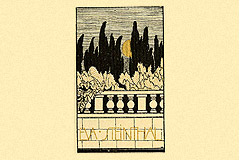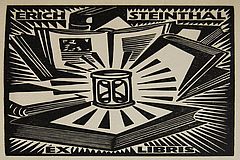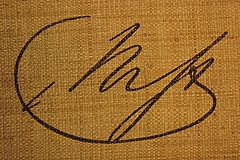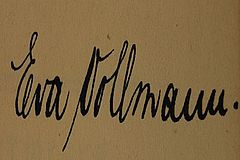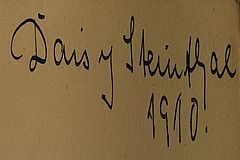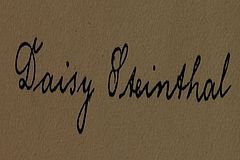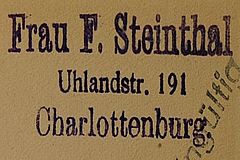What is Nazi loot?
The legal concept of “Nazi-confiscated cultural heritage” has come to be known as “Nazi loot”. The focus on works of art, especially those owned by Jews, often sidelines the other facets of the plunder of cultural possessions. The term "Nazi loot” encompasses much more. For racial, ideological, religious or even political reasons, it was not just private individuals who were persecuted but also numerous associations. They lost their possessions as a result of confiscations, forced sales, and in various other ways. In addition to art collections, books were also looted. Recent research indicates that the looting of books was disturbingly well organised right from the beginning.
The search for these books is difficult. Individual collections were often broken up and distributed to different libraries, where they were incorporated into the inventories without any information about their origins. Certain traces in the books themselves are often the only indications of their previous owners. Book plates, seals and stamps, as well as handwritten entries such as autographs, dedications and personal notes are often good indications of the former owners. But also some features which are even less specific, such as signatures and numbers, may provide some clues as to their provenance.
There is no legal obligation for public institutions in Germany to conduct research on looted items. However, based on various declarations, institutions such as the SLUB see it as their duty to check their possessions for looted items. The German Lost Art Foundation in Magdeburg has been coordinating and supporting these types of research projects since 2015. Since 2011, the SLUB has been systematically searching its possessions for Nazi loot.
